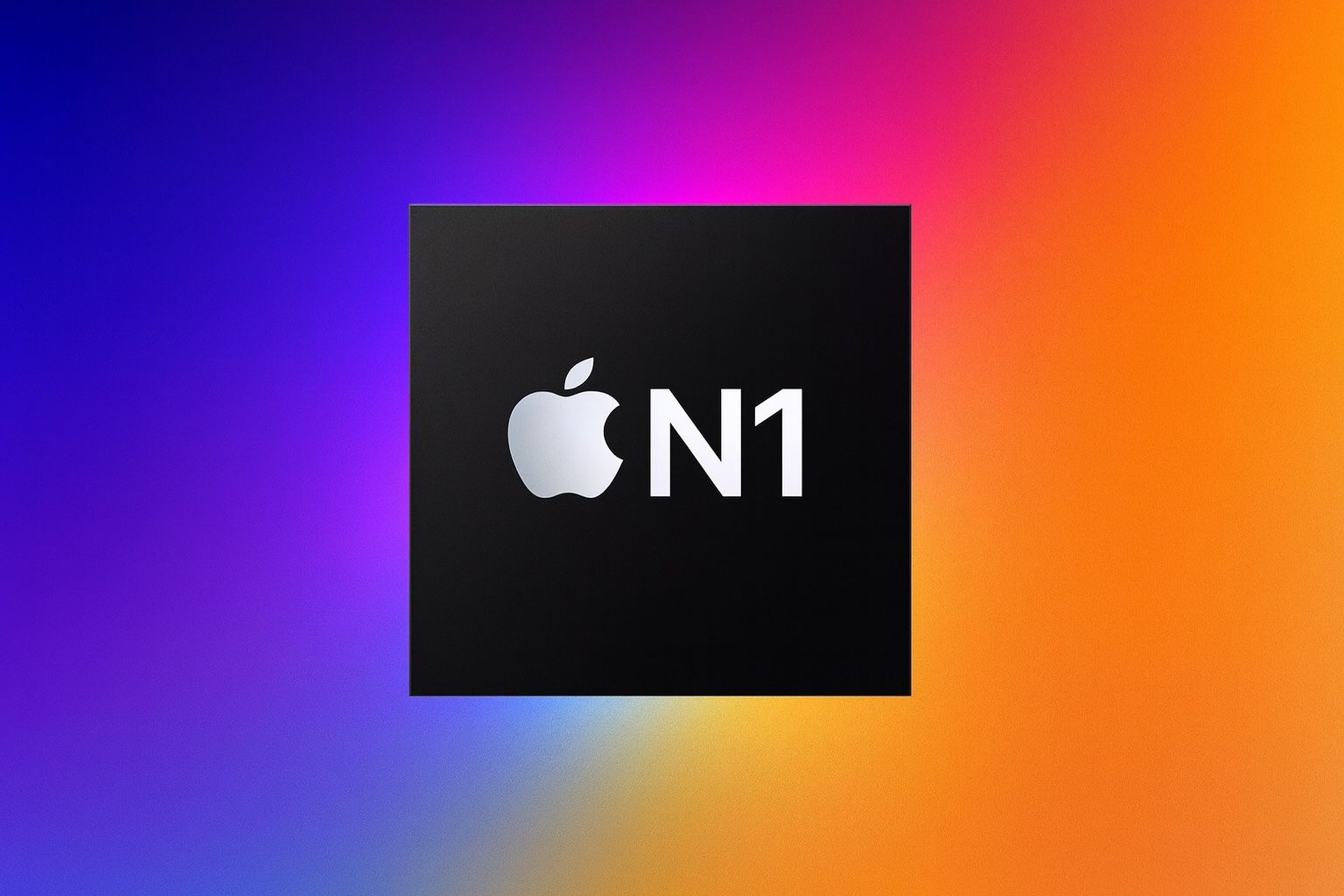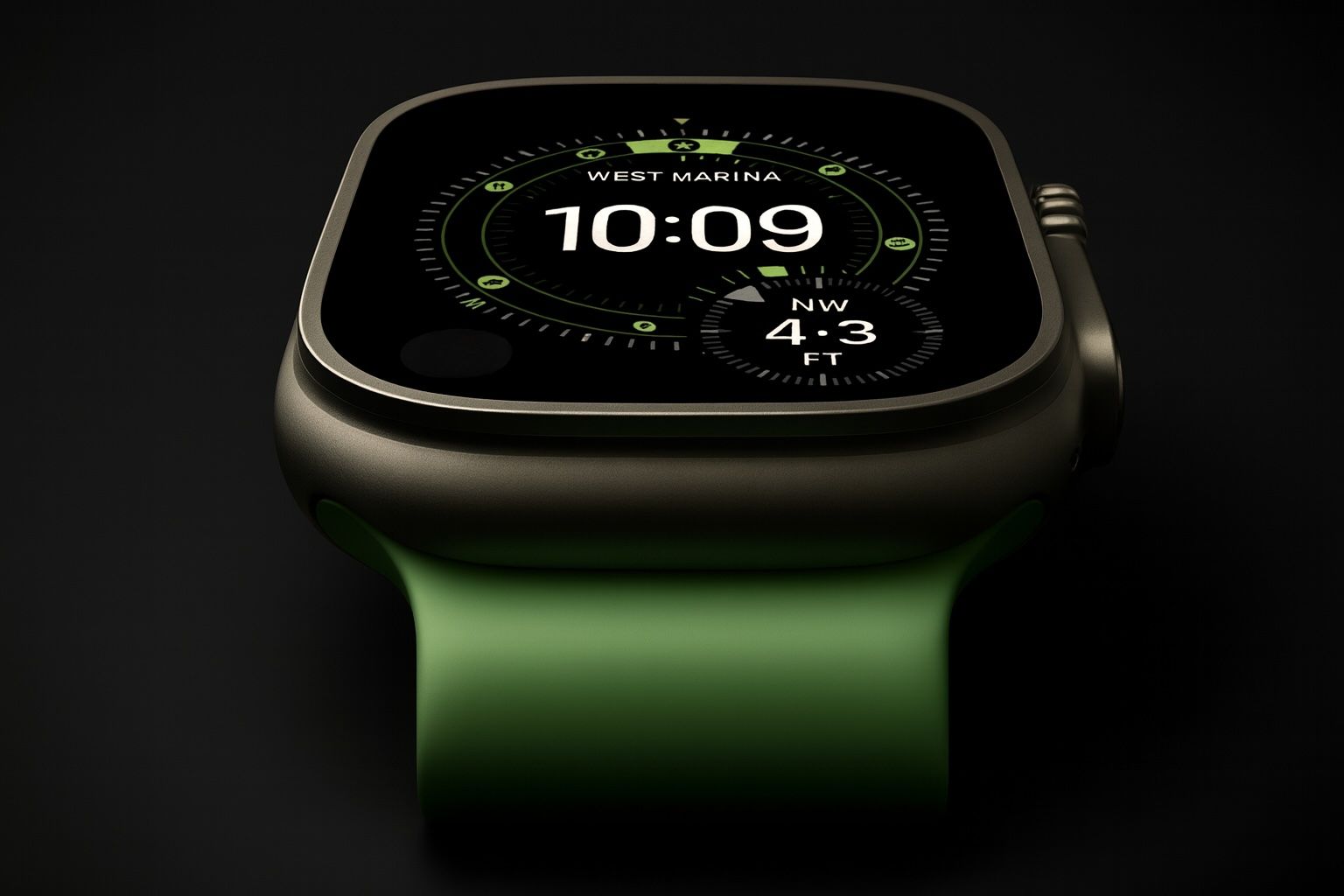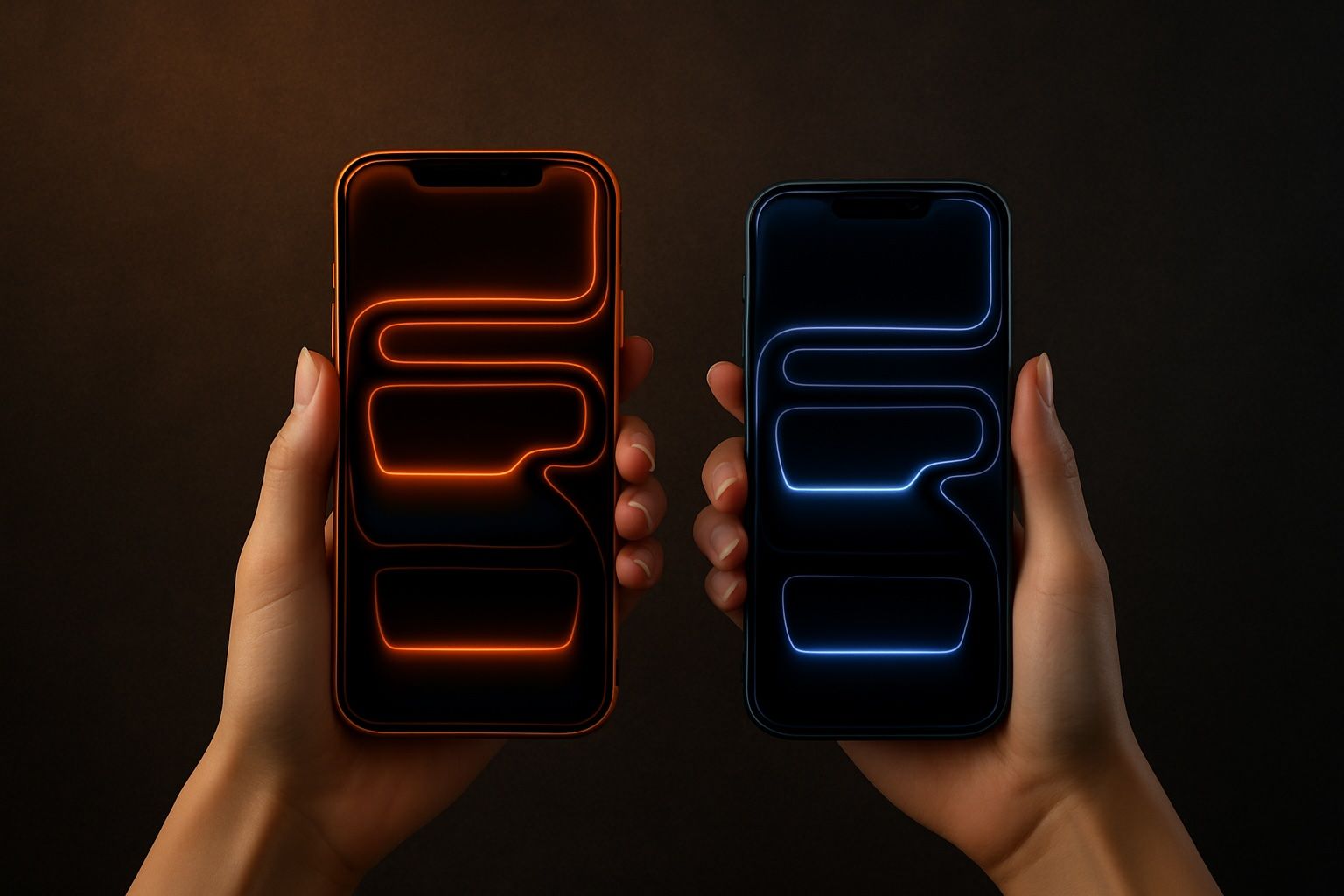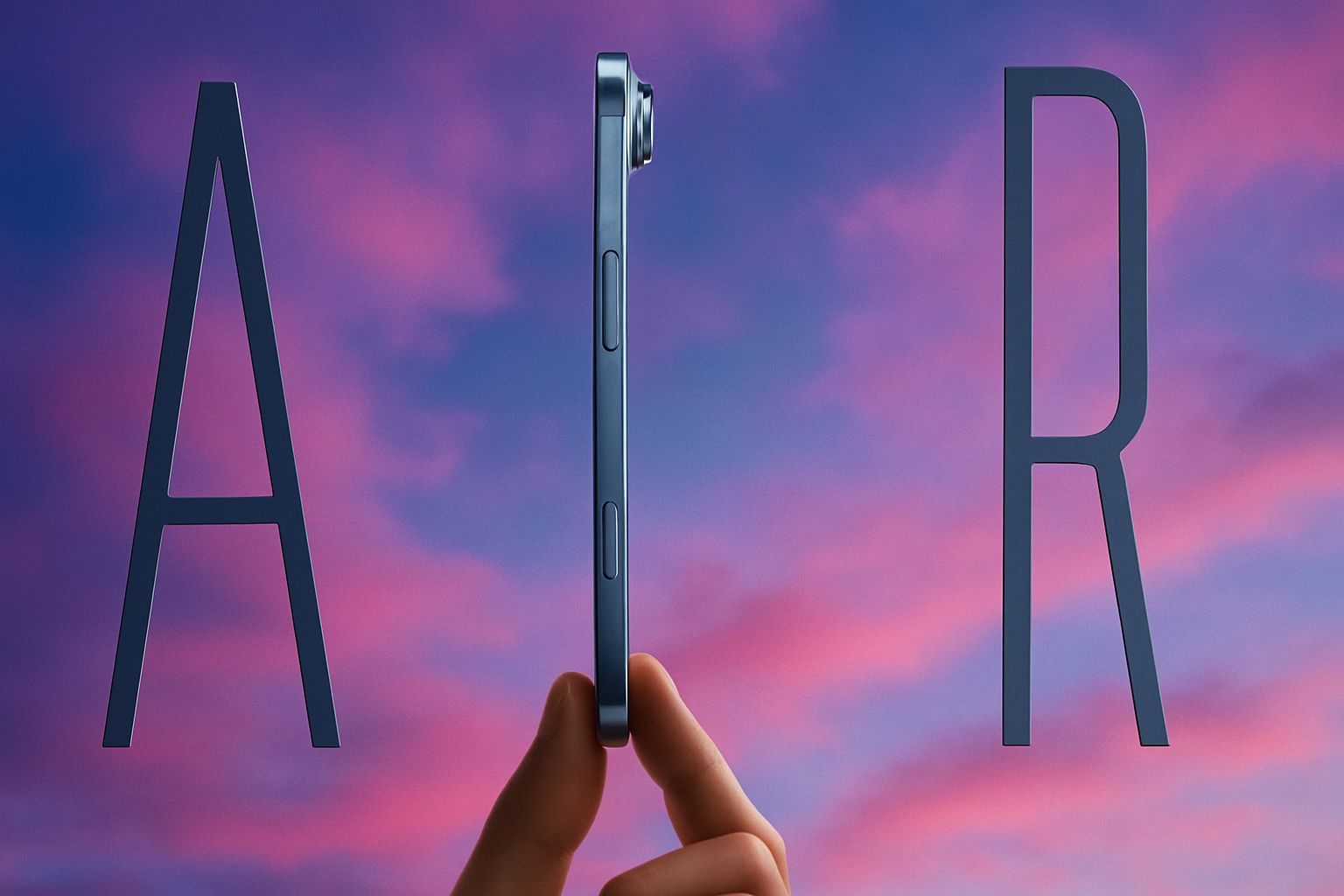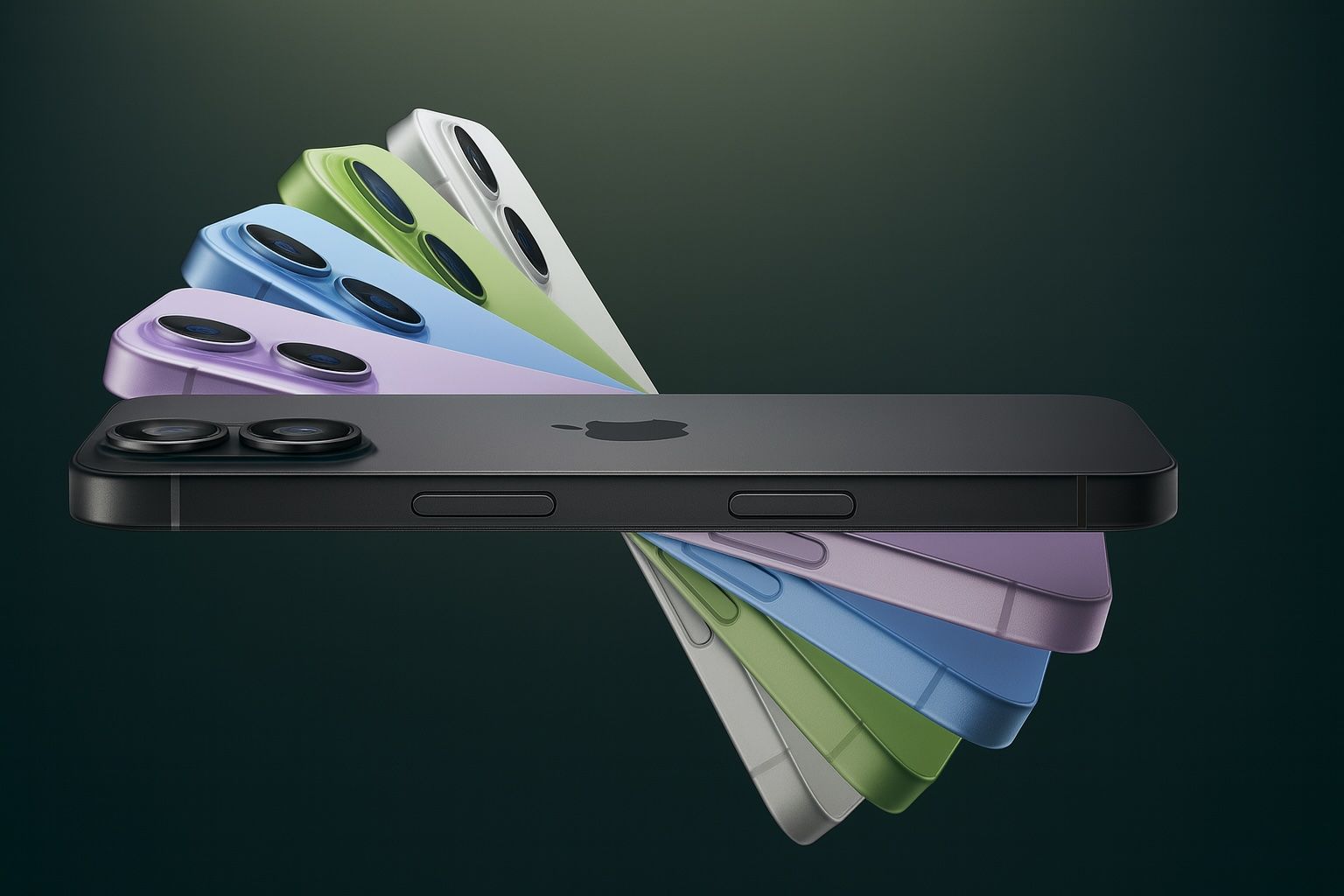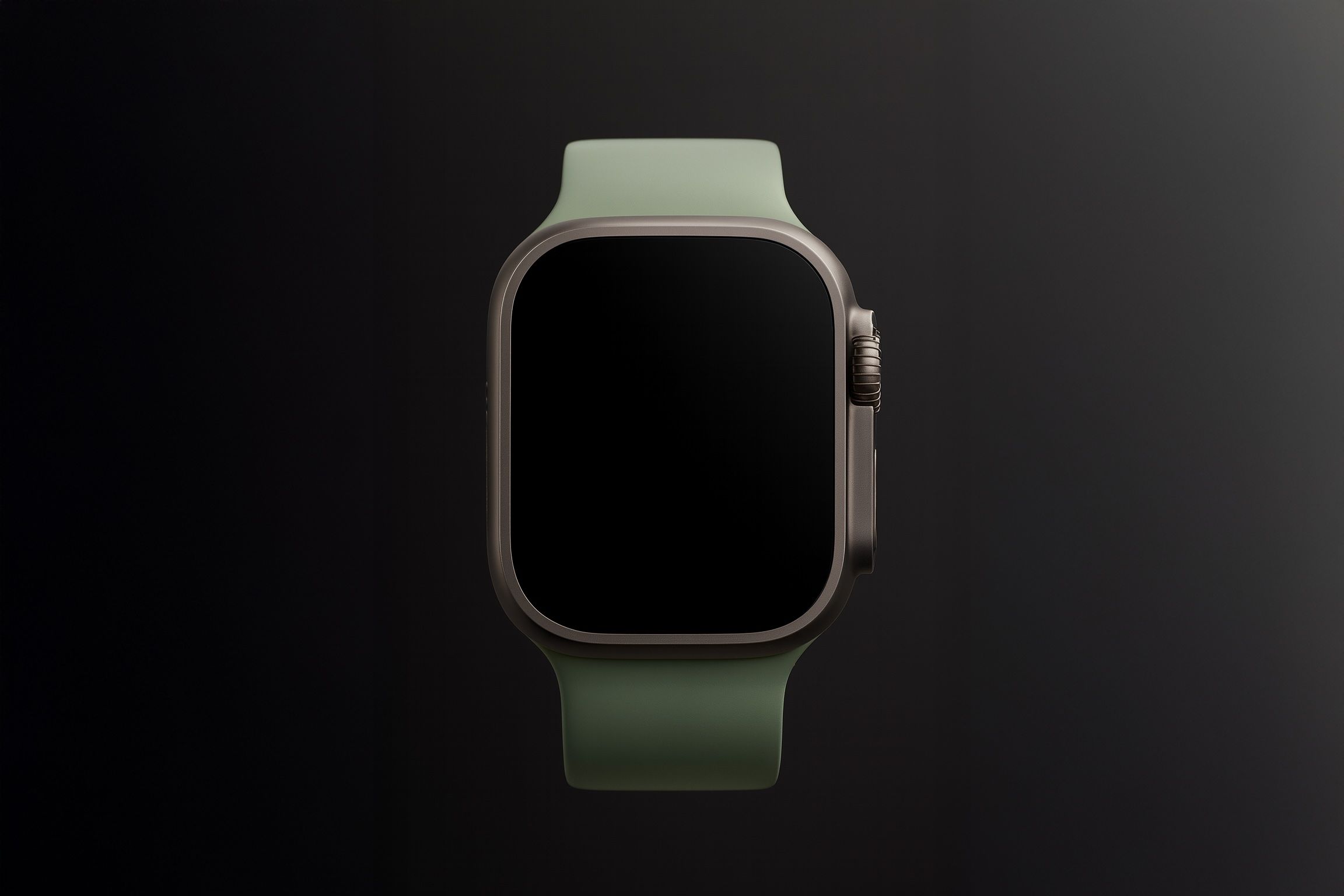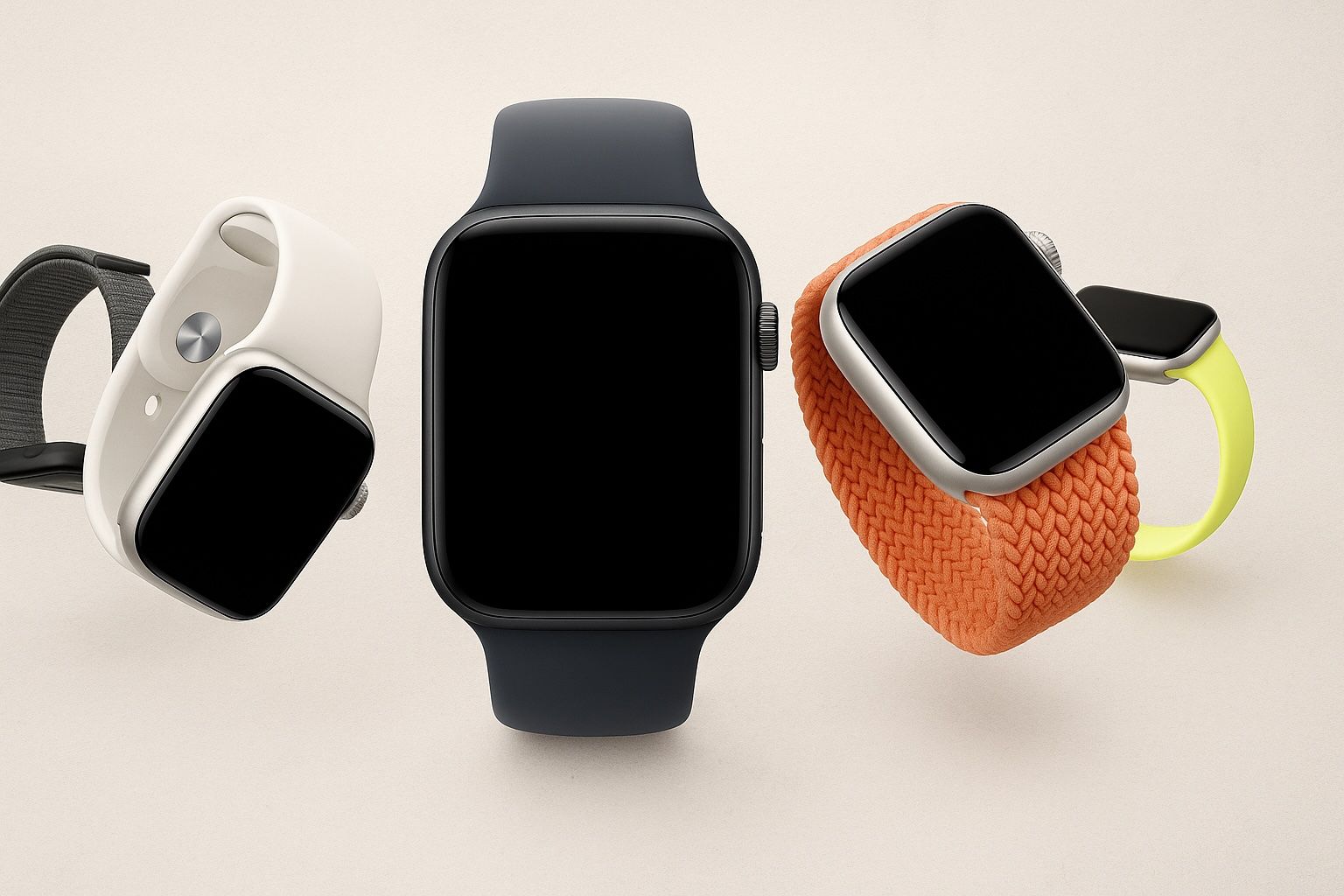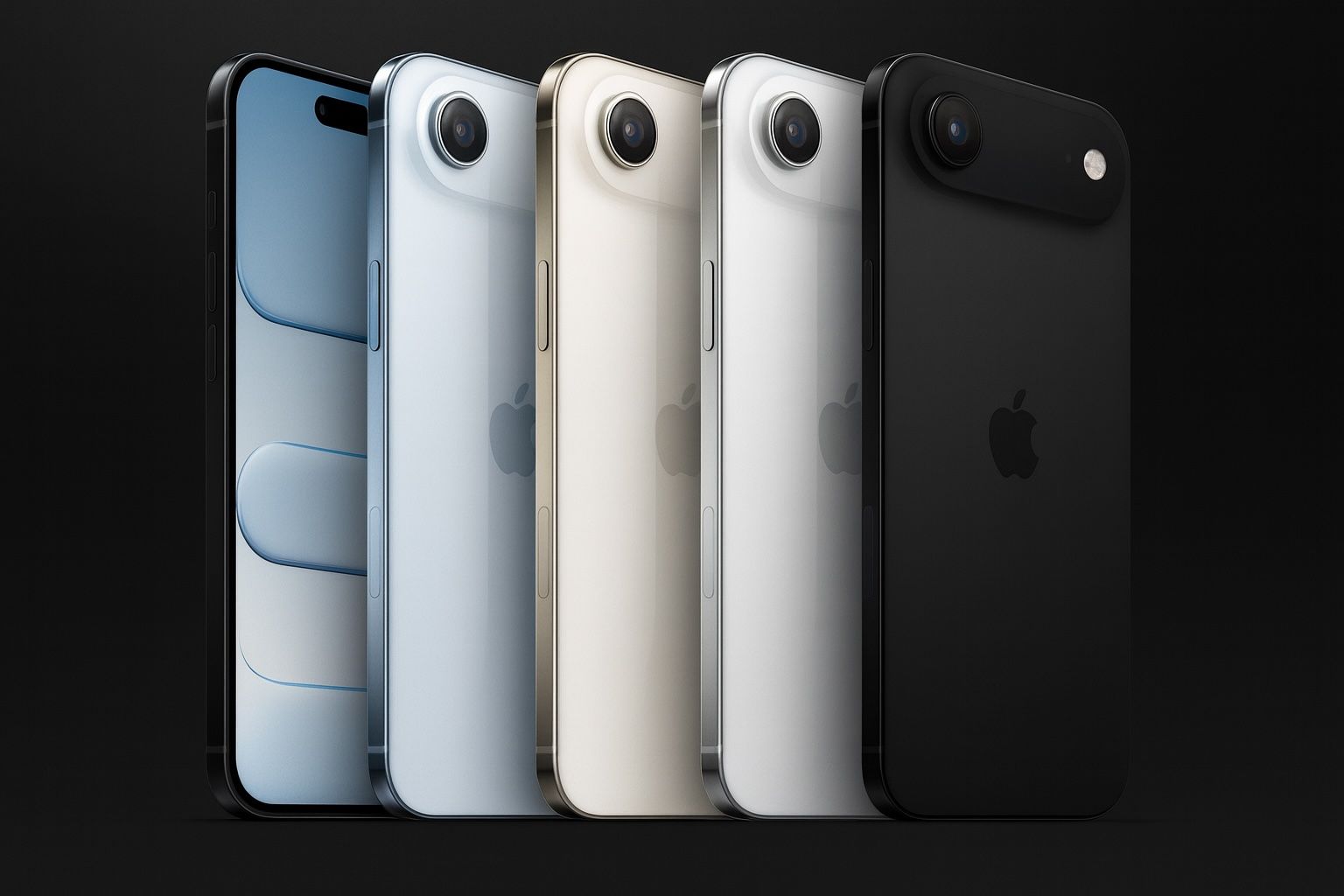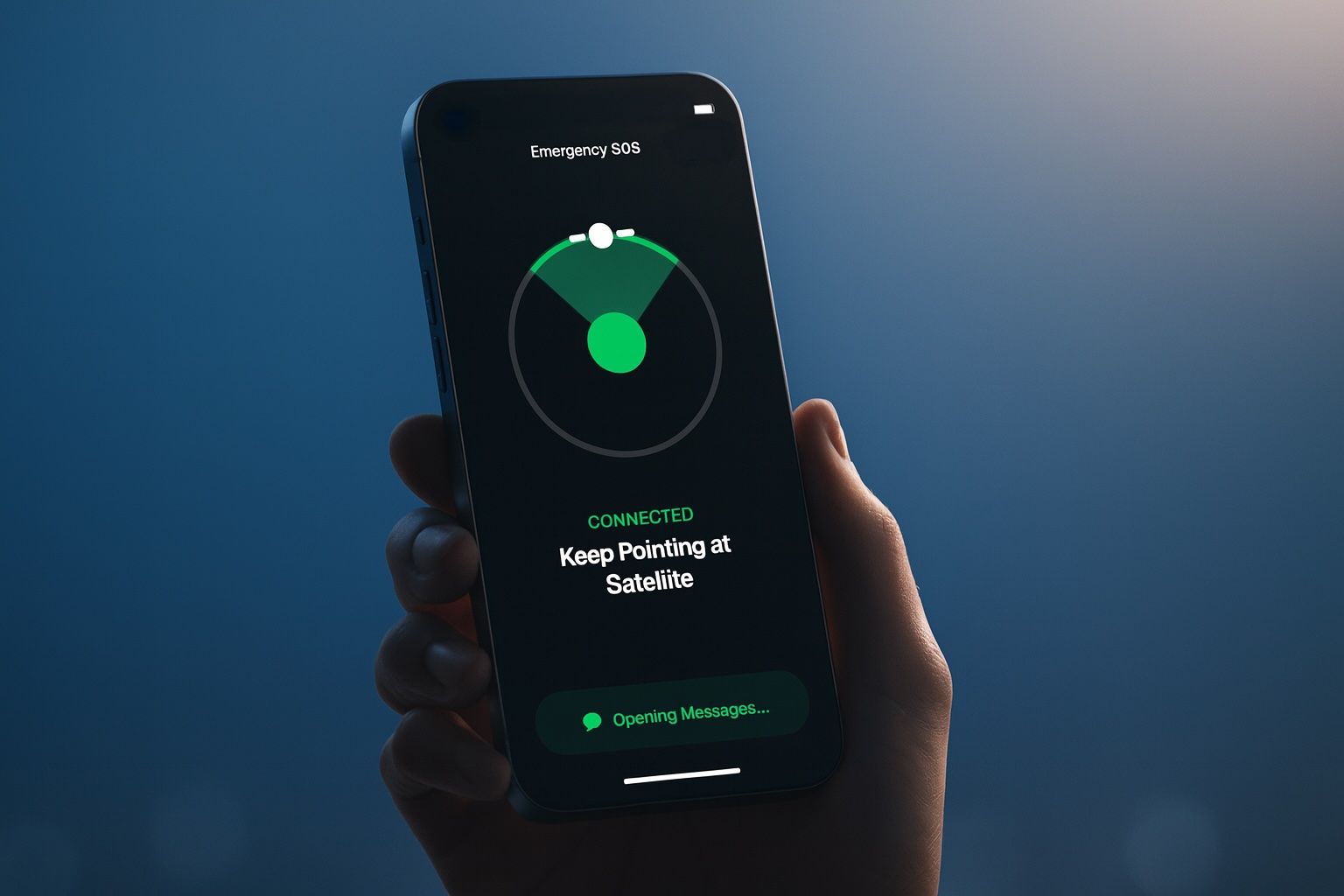
Apple Extends Free iPhone Satellite SOS: What It Means for Every iPhone User
Off-Grid Lifesaver: Inside Apple’s iPhone Satellite SOS, Free Service Extensions & How It Works What Are Apple’s Satellite Features in iPhones? Apple’s recent iPhones come with specialized antennas and software that enable direct satellite communication for specific uses when you’re
